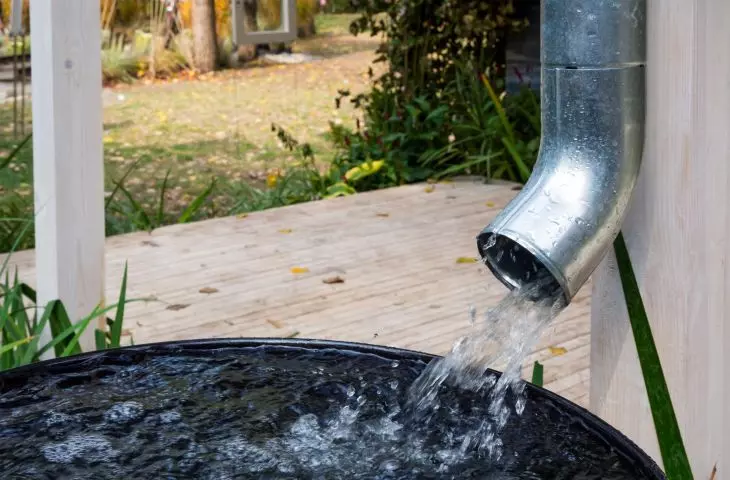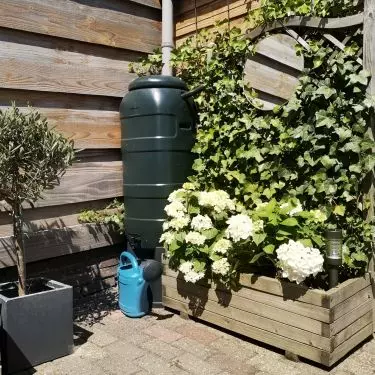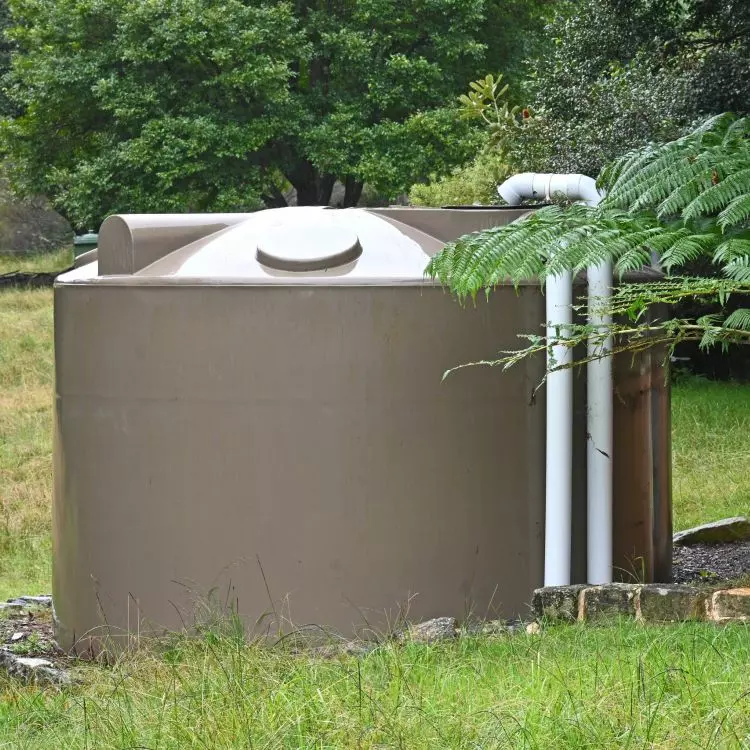Managing rainwater in a single-family home is a great way to reduce drinking water consumption and cut costs. Are you thinking about starting to collect and use rainwater in your home? Learn more about our tips!
Rainwater management
Rainwater collection
Install a rainwater collection system to collect water from your roof tiles or gutters. It can be collected in special tanks, such as barrels, underground cisterns or plastic tanks. It is important to remember that rainwater is not intended for consumption as drinking water unless it undergoes a proper filtration and treatment process. Rainwater can be used for the purpose of watering plants, cleaning tools or flushing the toilet.
From which company to choose a rainwater harvesting system?
Choosing a trusted manufacturer is extremely important to ensure that the system works properly and the water is fit for use. You can purchase a rainwater utilization system from Pipelife, for example. Another trusted manufacturer of rainwater harvesting solutions is Wilo. Before making a decision, it is advisable to read the opinions of other customers and consult a professional and a full list of recommended manufacturers can be found in the search engine of the Home Products portal under the keyword "rainwater".
Using rainwater saves
© PIPELIFE
Using rainwater
Here are some ways you can use rainwater at home:
Irrigating the garden
Use the collected rainwater to water your garden, potted plants or lawn. Choose the right watering equipment, such as a garden hose, drip irrigation system or sprayers. You can adjust the stream and adapt it to the needs of the plants. Watering is recommended in the morning or evening, because then the temperature is lower and the water has a chance to soak into the soil before evaporation. Avoid watering in full sun, as most of the water may evaporate before it reaches the plants. Monitor soil moisture to adjust watering frequency. Make sure plants are getting enough water, but avoid over-watering, which can lead to flooding of plants and excessive drainage. If you have a limited amount of rainwater, you can supplement with potable water to ensure that your plants receive adequate hydration. However, it is important to maximize the use of stored rainwater as much as possible.
Outdoor cleaning
Use rainwater to clean outdoor surfaces such as sidewalks, driveways and terraces. Rainwater is good enough for these purposes and will save drinking water. Rainwater can also be used to clean garden tools such as shovels, axes, gardening knives, etc. This is a simple and economical solution that helps save drinking water.
Flushing the toilet
You can connect a rainwater tank to a toilet flush. Consult a professional to install a rainwater harvesting system and the appropriate infrastructure to use it in your toilet. This will include installing an additional rainwater tank and pumps to supply water to the toilet cistern. Make sure that the rainwater that is used to flush the toilet is properly filtered and treated. Consider using a control system that will automatically switch between rainwater and drinking water depending on availability. In this way, you will effectively use rainwater when available and potable water when necessary. Remember to regularly maintain the system that uses rainwater in the toilet. Regularly cleaning the filters and checking the condition of the pumps and valves will keep the system in good condition and ensure its proper operation.
You can use rainwater for watering
Types of rainwater tanks
Before choosing a rainwater tank, there are several factors to consider, such as available space, capacity, cost, ease of installation and maintenance, and laws and regulations regarding rainwater management. It's also worth considering a rainwater filtration system to ensure that the stored water will be suitable for its intended use.
Here are the most popular types of rainwater tanks:
Barrels
These are simple and relatively inexpensive rainwater tanks. They can range in capacity from a few dozen to a few hundred liters. Rain barrels are easy to install and can be placed outside the building, for example at the roof gutters.
Underground tanks
If you have limited space outside your building or are concerned about aesthetics, underground tanks are a good option. They can have a much larger capacity than rain barrels. However, underground tanks require professional installation and can be slightly more expensive.
Plastic tanks
Tanksmade of plastic, such as polyethylene or polypropylene, are a popular choice. They are durable, corrosion-resistant and come in a variety of shapes and sizes. They can be installed outdoors or underground.
Concrete tankers
Concrete c isterns are durable and can store large amounts of rainwater. They are permanently installed in the ground and require professional installation.
You can store rainwater in barrels, underground tanks, concrete cisterns or plastic tanks
How long can rainwater be stored?
How longrainwater can be stored can depend on various factors, such as temperature, storage conditions and the degree of contamination.
Freshly collected rainwater
If the rainwater is freshly collected and is not subjected to filtration or treatment processes, it is recommended to consume it within a few days. This water may contain fine impurities such as dust, leaves or dust, which can decompose over time.
Filtration and purification
If rainwater is subjected to filtration and purification processes, it can be stored longer. Filtration and purification systems help remove impurities, which can extend the storage life of rainwater.
Storage conditions
It is important to store rainwater in clean and airtight tanks that are protected from sunlight and sources of contamination. Storage temperature also matters. Rainwater stored in a cool place will last longer than that kept in a warm environment.
Regular rotation
To maintain the quality of rainwater, regular rotation of the water is recommended. This can be achieved by regularly using the stored rainwater for various purposes, such as watering plants or cleaning, and then refilling the tank with fresh rainwater.
***
We encourage you to take advantage of the database of reputable and reliable Rainwater Harvesting System Manufacturers we are building on the Home Products portal, as well as the articles we publish on rainwater management systems available on the market adapted to changing trends and legal requirements.

























